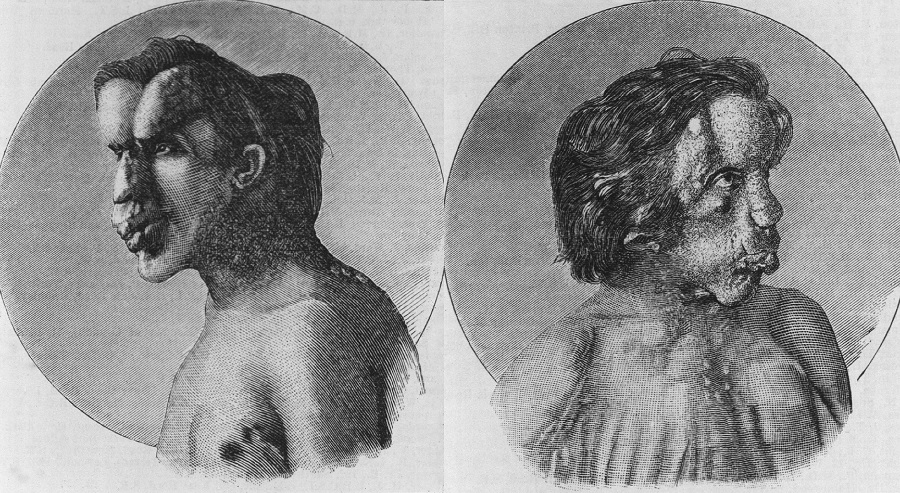Introduction
Femoral head fractures can cause severe pain, which makes effective postoperative pain management essential for patient comfort and recovery. Regional anesthesia techniques like Pericapsular Nerve Group Block (PENG) and Fascia Iliaca Block (FIB) are commonly combined with Neuraxial Blocks to provide comprehensive pain relief. This comparative analysis aims to assess and compare the analgesic effects of PENG and FIB when administered alongside neuraxial blocks in patients with femoral head fractures.
Background
Fractures of the femoral head are often caused by high-impact trauma, resulting in severe pain and disability. In most cases, surgical intervention is necessary, and it is crucial to ensure effective postoperative pain management for successful recovery. Regional anesthesia techniques such as PENG and FIB have emerged as valuable options to complement neuraxial blocks. They provide targeted pain relief and help reduce the requirement for systemic opioids.
PENG: A relatively new technique that blocks the articular branches of the femoral obturator nerves, providing pain relief to the hip joint capsule. Based on the study, this technique shows more analgesic effects for positioning compared to FIB.
FIB: FIB targets the femoral, lateral femoral cutaneous, and obturator nerves by injecting local anesthesia into the fascia iliaca compartment. This technique provides broader coverage compared to PENG.
Methods
Patients diagnosed with femoral head fractures scheduled for surgery under neuraxial block were enrolled in this study. They were randomly assigned to receive PENG or FIB for postoperative pain control. Pain scores at rest and with movement, opioid consumption, time to first rescue analgesic request, and adverse events were recorded over the first 24 hours post-surgery.
Outcome Measures:
- Pain Management: The primary outcome was the efficacy of pain control. Both PENG and FIB significantly reduced pain scores compared to standard postoperative analgesia.
- Opioid Consumption: The study anticipated a reduced need for opioids in patients who receive either PENG or FIB, contributing to fewer opioid-related side effects.
- Time to First Rescue Analgesic Request: PENG offered more prolonged pain relief specific to the hip joint than FIB.
Case
A total of 50 patients were recruited in the study, of which 19 were female and 31 were male. The age group of the patients ranged from 43 to 80 years. BMI ranged from 19.53 to 34.7 kg/m2.
Pain Assessment:
- Pain score before intervention: Initially, both groups had similar pain scores, and the difference in pain levels was not statistically significant.
- Pain score after block: However, notable differences emerged 10 minutes after the block was administered. In the pericapsular group, the average pain score dropped to 1.72; in the fascia iliaca group, it remained considerably higher at 3.92.
Change in Pain Levels:
- Significant Reduction in Pericapsular Group: The pericapsular group exhibited a remarkable reduction in pain levels after the block, which was statistically significant (P <0.001).
- Severe Pain Classification: Before the block, pain in both groups was predominantly classified as severe, with no notable difference (P <0.999).
- Moderate Pain Classification: In contrast, 10 minutes after the block, the pain intensity differed significantly between the two groups. In the pericapsular group, none of the patients reported moderate pain, while 16 patients (64%) in the fascia iliaca group had moderate pain (P <0.001).
Comparison of PENG Block with Other Peripheral Blocks

Conclusion
This study compared two regional anesthesia techniques for postoperative pain management in patients with femoral head fractures. The pericapsular group experienced a more significant reduction in pain levels, suggesting that the PENG may be a better choice. The study highlights the importance of selecting the appropriate anesthesia technique for optimal pain management and patient comfort.
Proper postoperative pain management enhances patient comfort, promotes early mobilization, and minimizes complications. The findings of this study could assist healthcare providers in making informed decisions regarding the most suitable regional anesthesia technique for their patients, ultimately improving outcomes and patient satisfaction in the treatment of femoral head fractures.
References
Tohid Karami, Shahram Shokouhi, Hamed Fathollahzadeh. Comparison of the Analgesic Effect of Pericapsular Ultrasound-Guided Nerve Group Block and Fascia Iliaca Block in Patients with Femoral Head Fracture for Neuraxial Block: A Pilot Study. Interventional Pain Medicine and Neuromodulation. 2023 Sep 05. Available from: https://doi.org/10.5812/ipmn-138901



